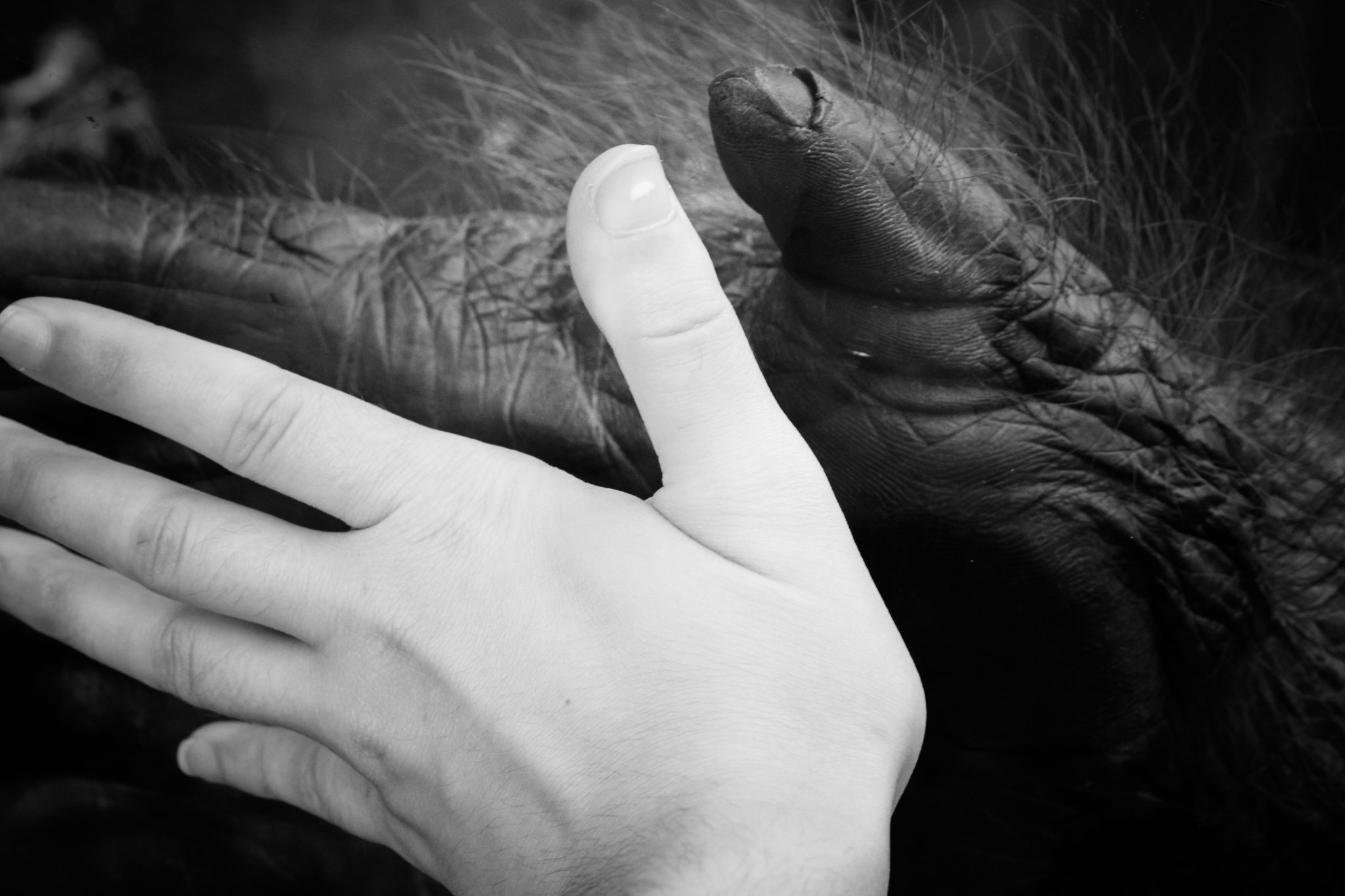| Principal Investigator: | Professor Tracy L Kivell |
|---|---|
| Project dates: | 01 March 2014 – 30 April 2019 |
| Funding: | European Research Council Starting Grant |
| Collaborators: | Dr Matthew Skinner (University of Kent)
Professor Dieter Pahr (Vienna University of Technology, Austria) Dr Erin-Marie Williams (Chatham University, USA) Professor Jean-Jacques Hublin (Max Planck Institute for Evolutionary Anthropology, Germany) |
The precise and forceful manipulation of the human hand is a defining feature that separates us from other primates. However, we know remarkably little about how these unique abilities evolved. The GRASP projects aims to understand how human hand morphology evolved by addressing two fundamental, yet unresolved, questions of human evolution:
(1) Did the earliest fossil humans (hominins) still use their hands to climb in trees?
(2) When did forceful precision grip (and, by association, stone tool-use) evolve and which fossil hominin species were capable of this behaviour?
The GRASP project will address these questions using three complementary and interdisciplinary methods:
Analyses of internal structure of hand bones using high-resolution microtomography (microCT). We analyse the internal bony structure – trabecular and cortical bone – of human, non-human ape and fossil hominin hand bones. The internal bony structure remodels throughout an individual’s life to respond to stress and therefore can provide more clear insight into how a bone was used than analyses of external morphology alone.
Biomechanics of hand use in great apes and humans
To interpret the functional significance of variation in internal bony structure, the GRASP project will collect the necessary biomechanical data on:
(a) the load (pressure) experienced by the human hand during tool-use and tool-making (with Dr Erin-Marie Williams and Dr Alastair Key)
(b) hand use and hand postures used by African apes during locomotion (and non-locomotor behaviours) in the wild (PhD student Johanna Neufuss)
(c) the loads experienced by the bonobo hand during arboreal locomotion (Dr Diana Samuel, in collaboration with Dr Kristiaan D’Août).
Modelling and validation
All of the data gathered in the first two objectives will be used to create musculoskeletal models of the human and bonobo hand and high-resolution 3D biomechanical (finite-element) models to simulate natural loading of individual hand bones in humans, bonobos and, ultimately, fossil hominins (PhD student Alex Synek in collaboration with Professor Dieter Pahr.
With this detailed understanding of the how the living human and bonobo hand function, we aim to interpret the morphology of the Australopithecus sediba hand (two million year-old fossil hominin from Malapa, South Africa) and other hominin fossils to determine how early hominin locomotor and manipulative behaviours shaped the evolution of the human hand.

